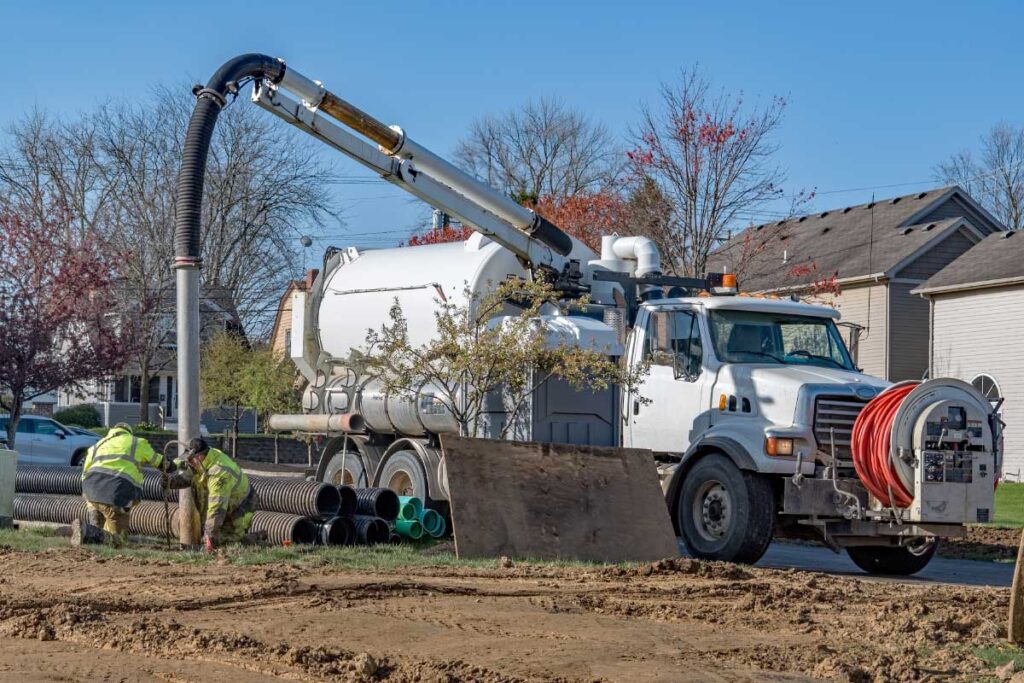In today’s global economy, supply chain disruptions have become an unavoidable reality. From geopolitical conflicts and natural disasters to fluctuating demand and material shortages, businesses across industries are facing unprecedented challenges in maintaining operational efficiency. For service-driven organizations, disruptions in the supply chain don’t just mean delayed shipments—they impact service levels, customer satisfaction, and overall business continuity.
So, how can organizations navigate these turbulent times? The answer lies in leveraging innovative service management solutions, predictive analytics, and automation to create a more resilient and adaptable supply chain.
The Impact of Supply Chain Disruptions on Service Organizations
For service-based industries like utilities, telecommunications, healthcare, and manufacturing, supply chain disruptions can have a direct and costly impact. Some key challenges include:
- Delayed Parts and Materials: A shortage of critical components can result in extended service downtimes, impacting productivity and customer commitments.
- Increased Costs: Supply chain volatility leads to fluctuating costs, requiring organizations to manage budgets and optimize spending carefully.
- Inefficient Resource Allocation: When parts or materials are not readily available, field service technicians face scheduling delays and lower first-time fix rates.
- Customer Dissatisfaction: Failure to meet service level agreements (SLAs) due to supply chain bottlenecks can damage customer relationships and brand reputation.




